5 plants that will instantly spruce up indoor and micro gardens
Green thumb or not

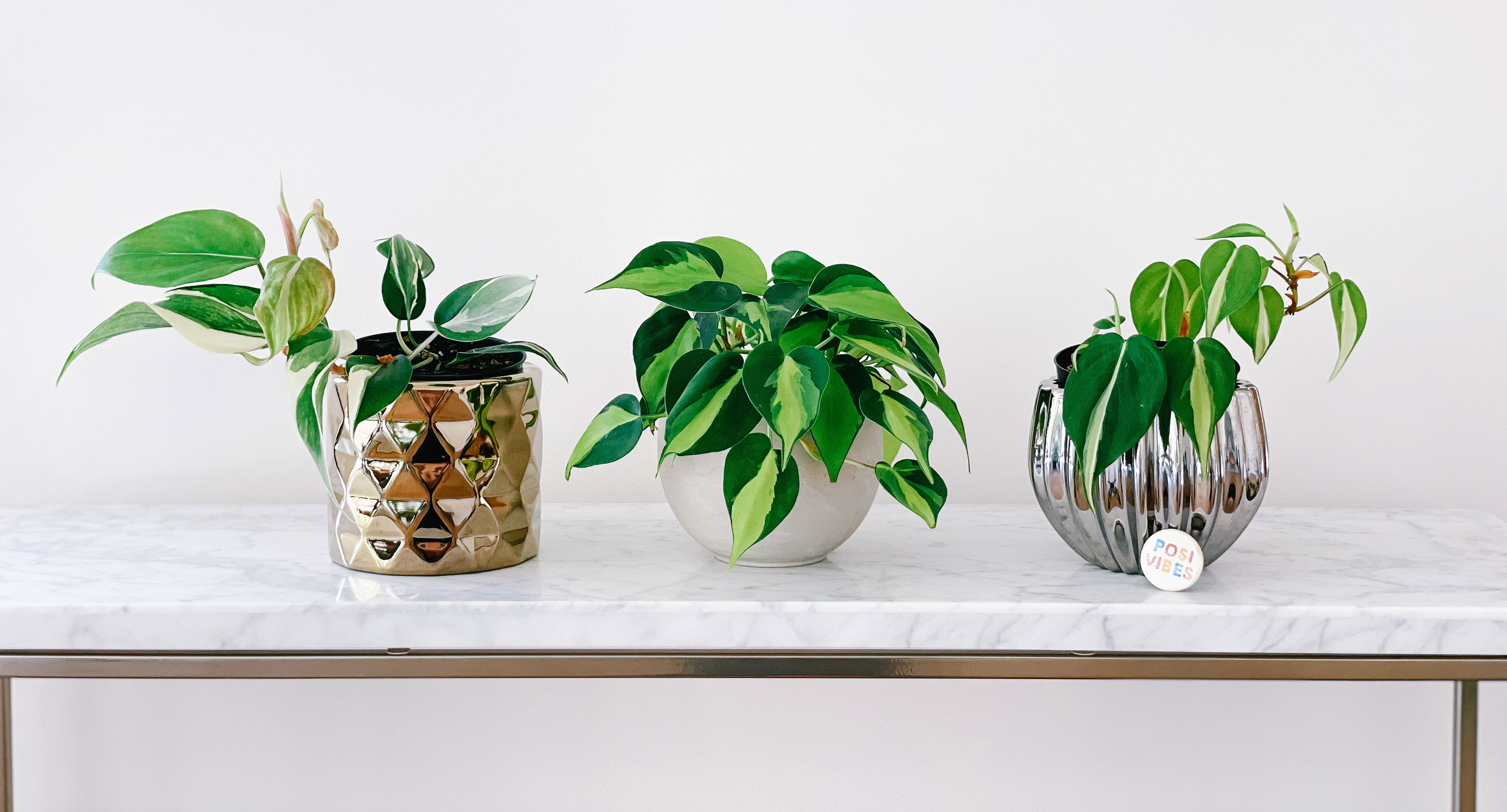
When so many of us don't have a lot of, if any, outdoor space at all, we consider our beloved indoor clusters of plants as our sanctuaries that help us feel happier and more grounded. Spending time around plants is said to improve mood, enhance social skills, reduce stress, and much more, so what better thing to do than to make our indoor gardens thriving and inspiring places to be in?
According to plant enthusiast Katie Anne Nguyen of @katieanneplants, indoor plant trends have evolved. The trend for indoor gardens started in interior design realms, followed by stylists using them in their client’s homes, stage homes, and even sets for print magazines or television shows. Nowadays, collecting houseplants and "living with nature" indoors is less of a novelty and actually just the norm — note that this doesn't make it any less special!
Nguyen explained that the most important factor to consider when choosing plants for an indoor garden is the amount of light coming into your space and how much your home has to offer. If you have an idea of how much natural light is available, then finding greenery for your indoor or micro gardens will be far easier. Certain beginner plants will most likely require low to medium light, which arrives from spots such as an unobstructed window pane.
There are A BUNCH of plants that will incorporate depth, color, personality, and texture into your indoor and micro gardens, many of which require minimal maintenance. After speaking with Nguyen, we’ve rounded up the best ones to keep in your house or micro gardens, for a fresh plant perspective and all the good green vibes.
1. Monstera Deliciosa
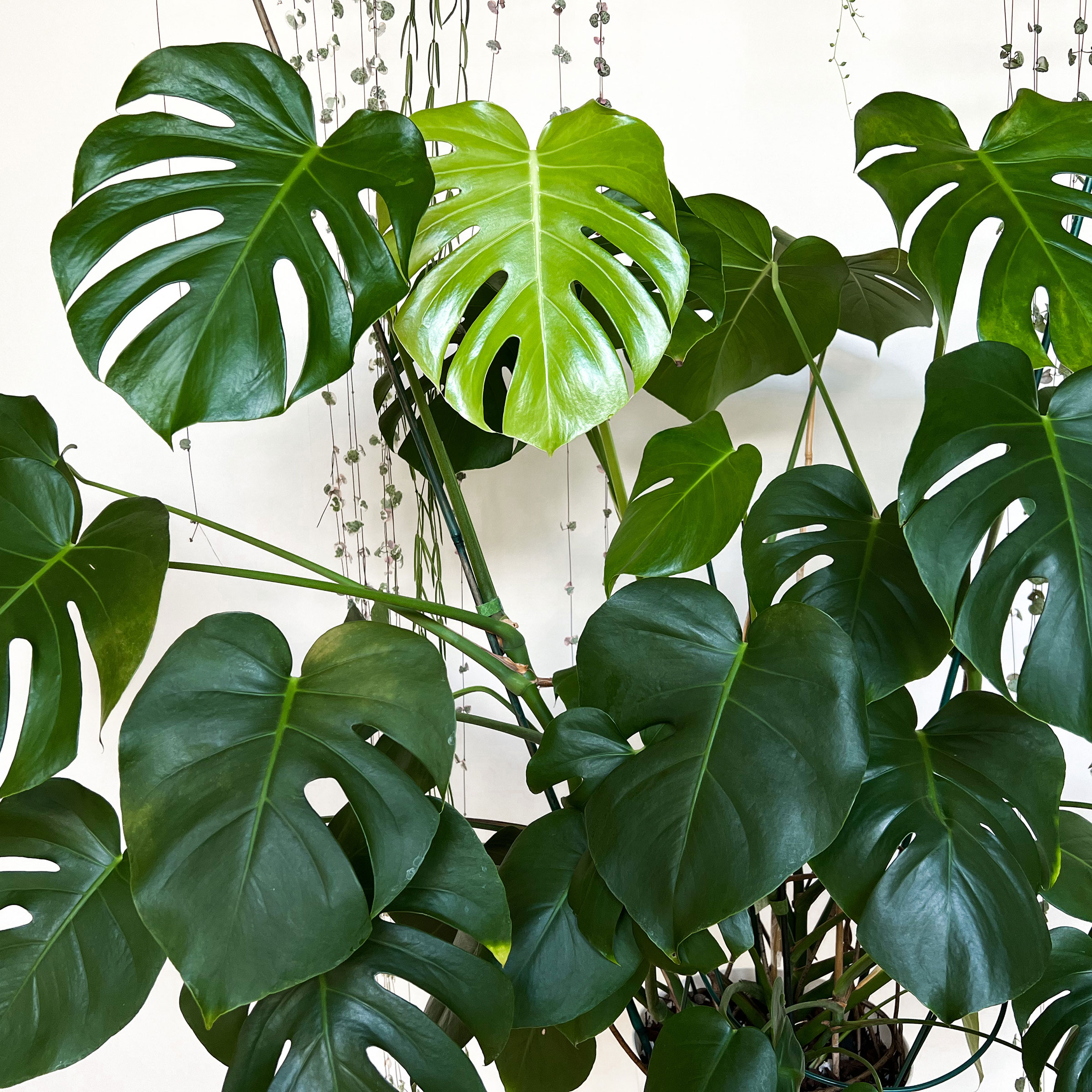
The Monstera Deliciosa is a true statement piece for any home or space. It's known as the "swiss cheese" plant due its leaves containing unique natural holes. A fun fact about this plant's holes is that they assist the plant with allowing wind to blow through easily when grown outdoors. With this mentioned, this plant is easy to grow and thrives all year round. Due to its monstrous size, the Monstera Deliciosa needs regular pruning, occasional staking, and root trimming. You’ll also need to check for pests such as spider mites, mealybugs, and others that are pretty common in the Monstera Deliciosa. This plant prefers bright indirect light and consistent temperatures such as 65 to 75 degrees Fahrenheit. Direct sunlight shouldn’t be an option for this plant, since it may burn its foliage. The Monstera Deliciosa is also toxic and should be kept at a distance from kids and pets.
2. Epipremnum aureum (Golden Pothos)
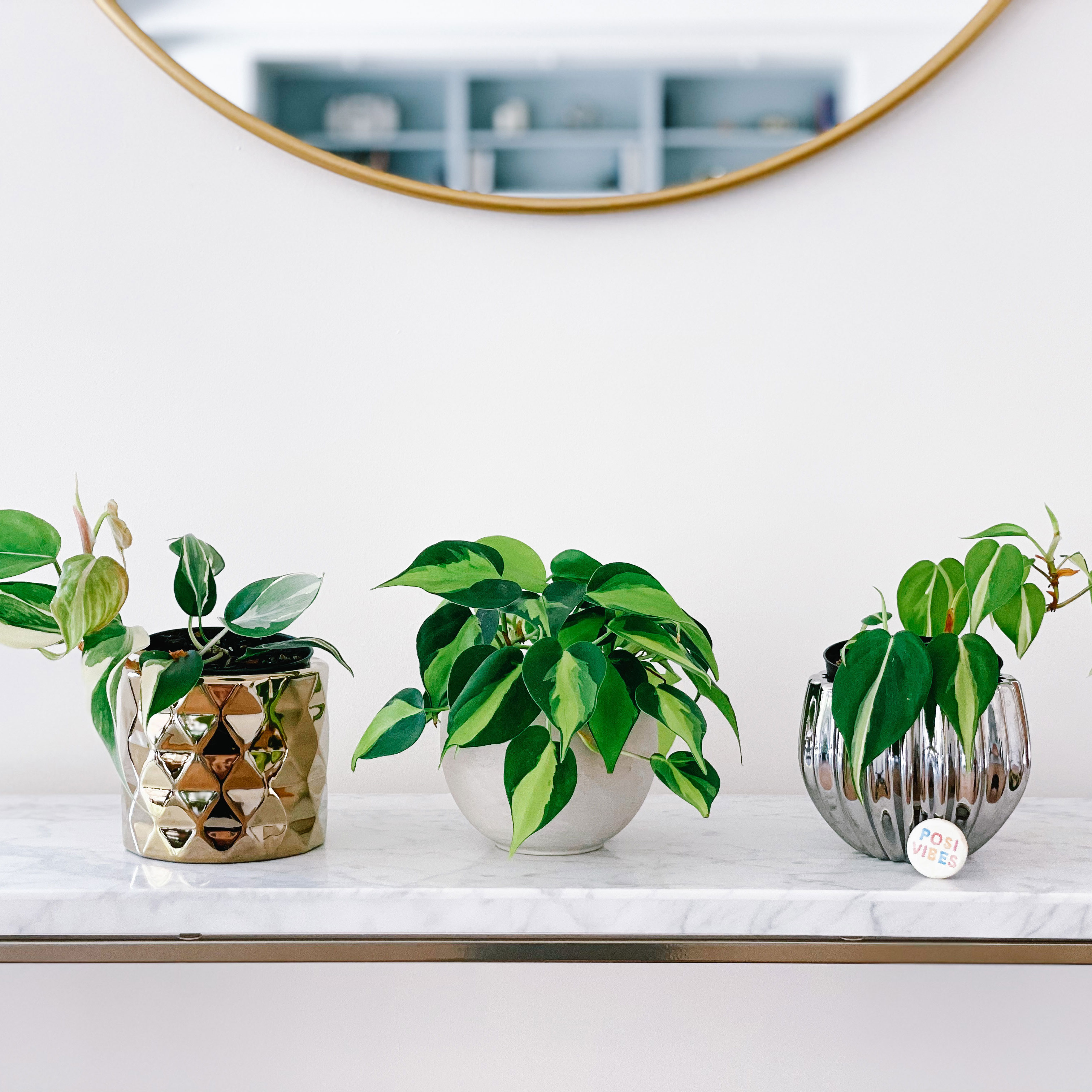
The Pothos is an easy-to-care-for trailing plant. Pothos plants arrive in many color variations, depending on the species. These plants enjoy bright indirect light and could tolerate shaded light. It does not need regular watering. Before watering a Pothos, always allow the soil to dry. Pothos should be watered once a week in the summer and less frequently in the winter. You could also trim this plant’s roots in the water, which will result in reproducing more plants. Nguyen keeps her Pothos by a window that doesn’t receive direct sunlight, as too much will burn and brighten the leaves. Be mindful, since this plant is also toxic for cats and dogs.
3. Zamioculcas Zamiifolia (ZZ)
The ZZ is another easy plant that could tolerate low to medium light. They are perfect for dark corners or spaces where minimal light hits. The ZZ does not require a lot of attention as it doesn’t need to be watered frequently. ZZ’s could thrive for weeks and sometimes months without watering.
4. Dracaena trifasciata (Snake Plant)
The Dracaena (Sansevieria) trifasciata plant, known as the Snake Plant, requires little to almost no care, other than watering once every two to three weeks. They shine throughout all light conditions, could thrive in direct sun, and tolerate shady corners. The Dracaena (Sansevieria) trifasciata is a non-toxic plant, which is also known to be a natural air purifier, and is safe for indoor decoration and for growing.
5. Philodendron spp. (Philodendron)

The Philodendron is considered to be another beautiful trailing plant. There's a wide selection of this plant, which is known for its large, glossy heart-shaped leaves. You can either let this plant trail or provide it with a support pole to climb up. Amazon sells tons of moss poles that work well!
The Philodendron is all about receiving bright indirect light and partial sunlight. It must stay moist, which means that providing it with adequate water once the soil is dry would be ideal. It is also semi-toxic, therefore, it’s best to keep this plant out of reach. Nguyen keeps most of her Philodendrons on shelves and kitchen sill.
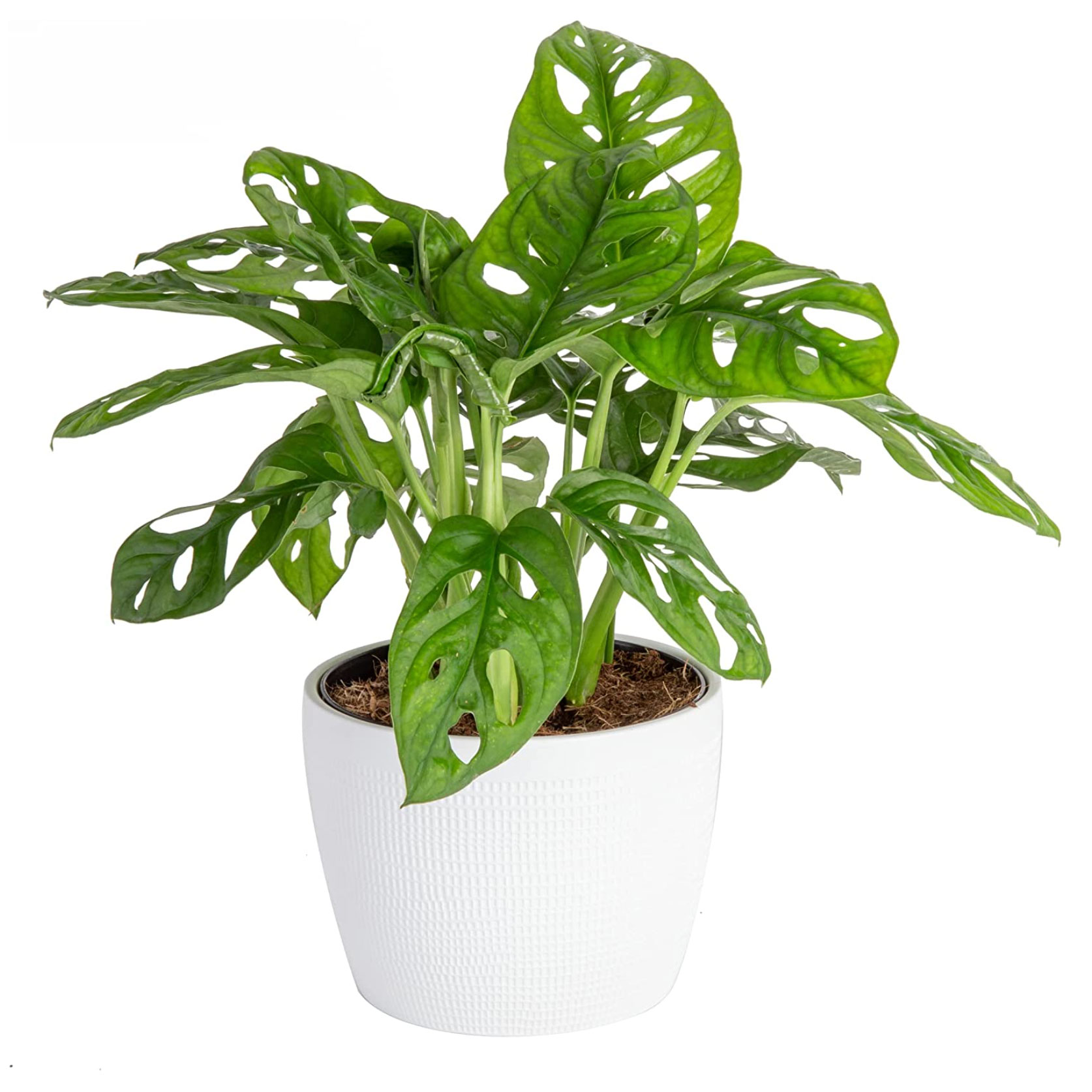
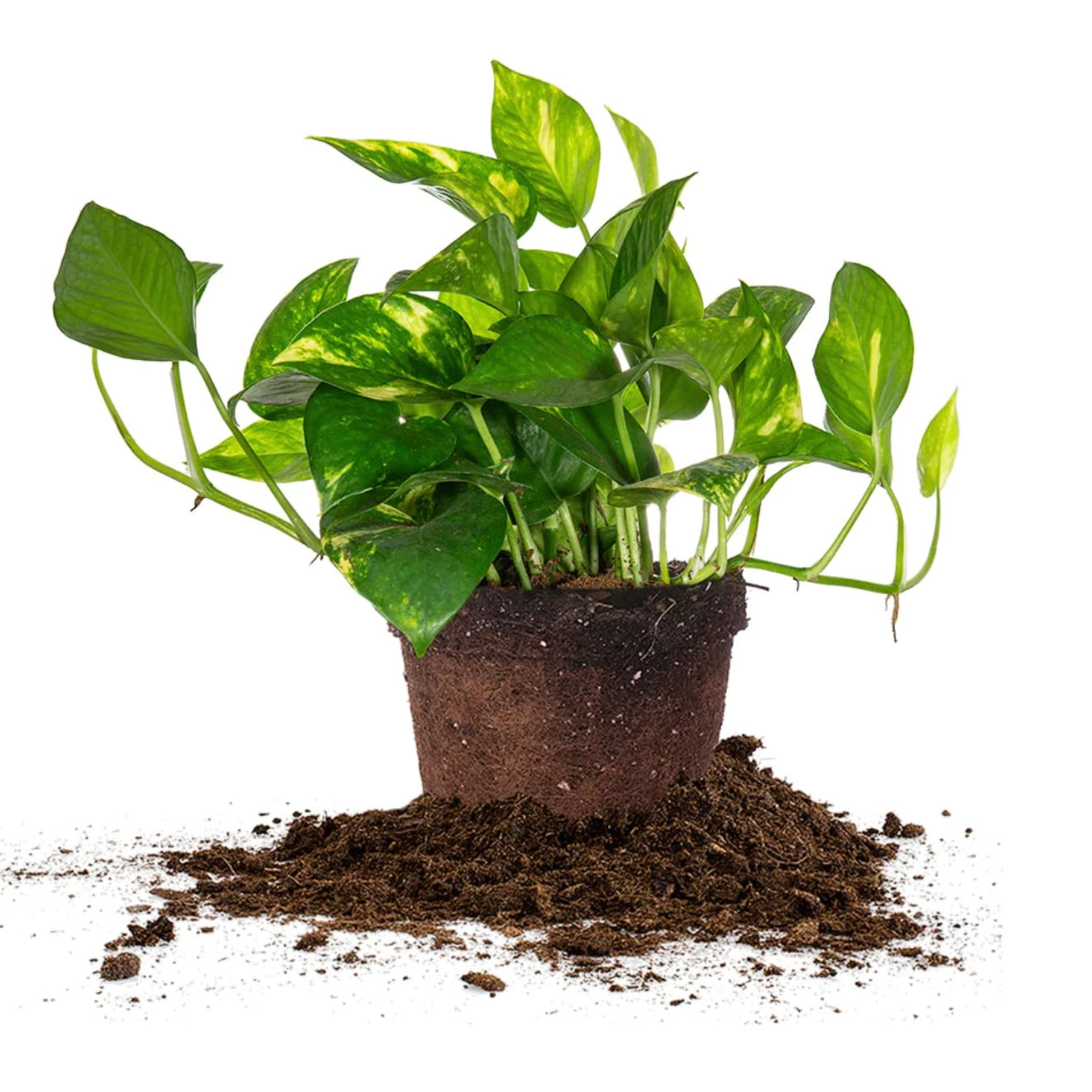

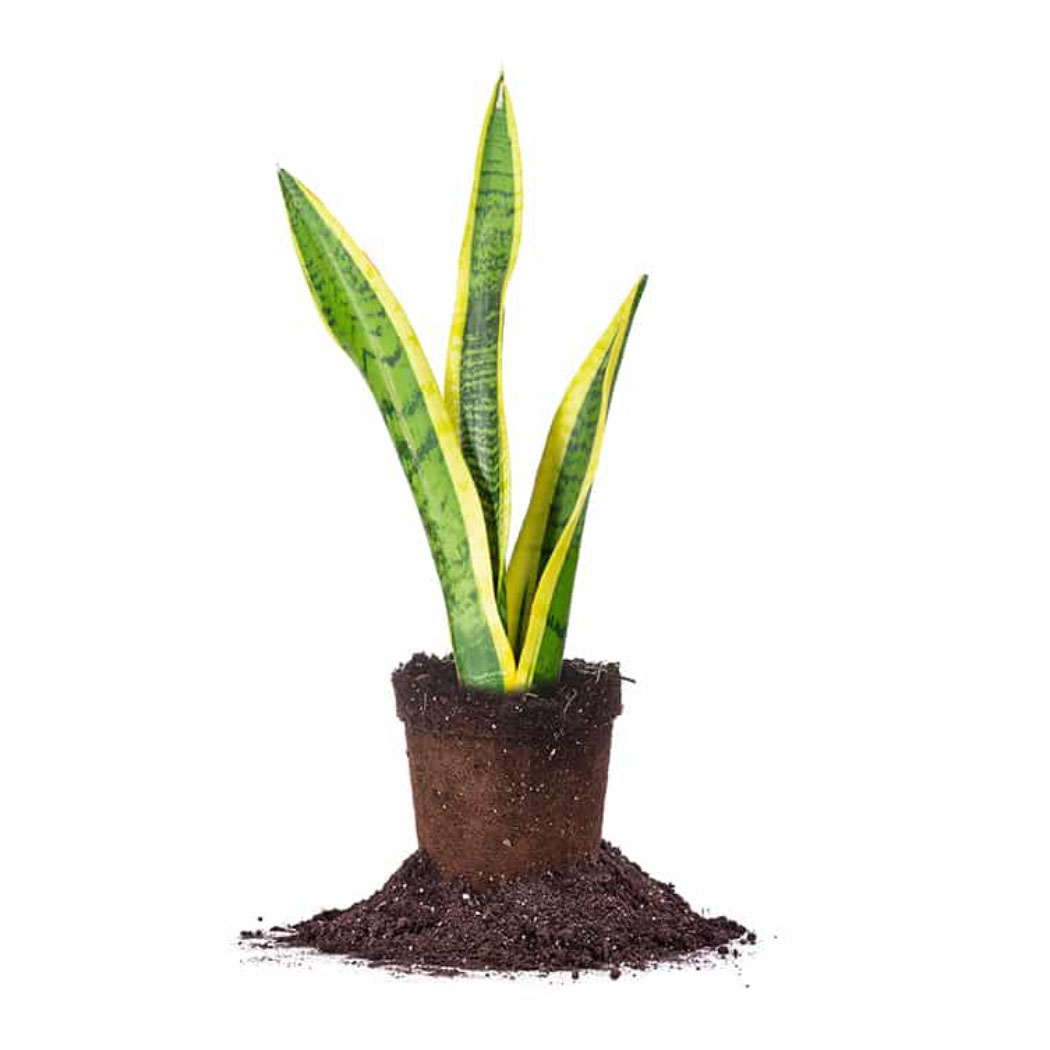
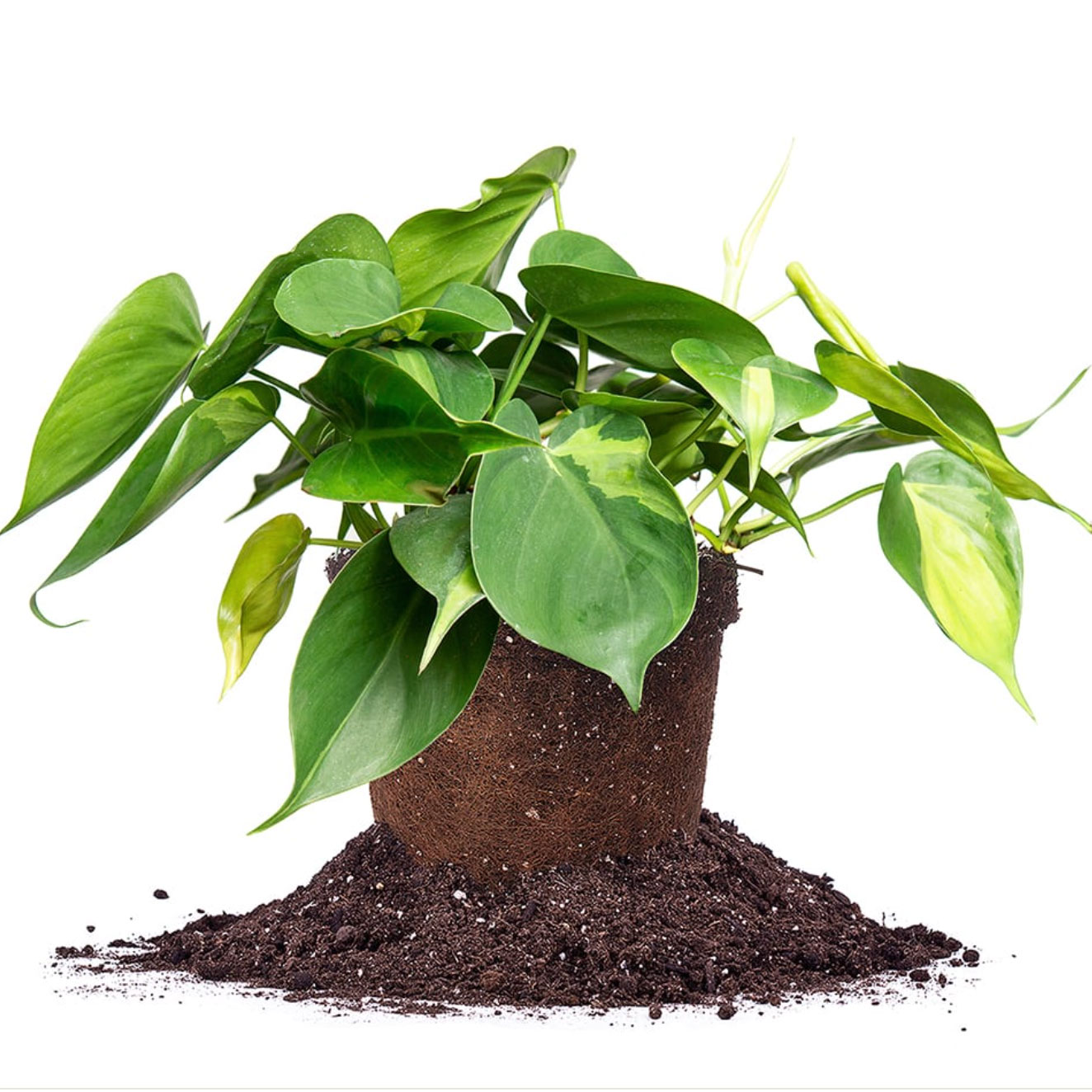
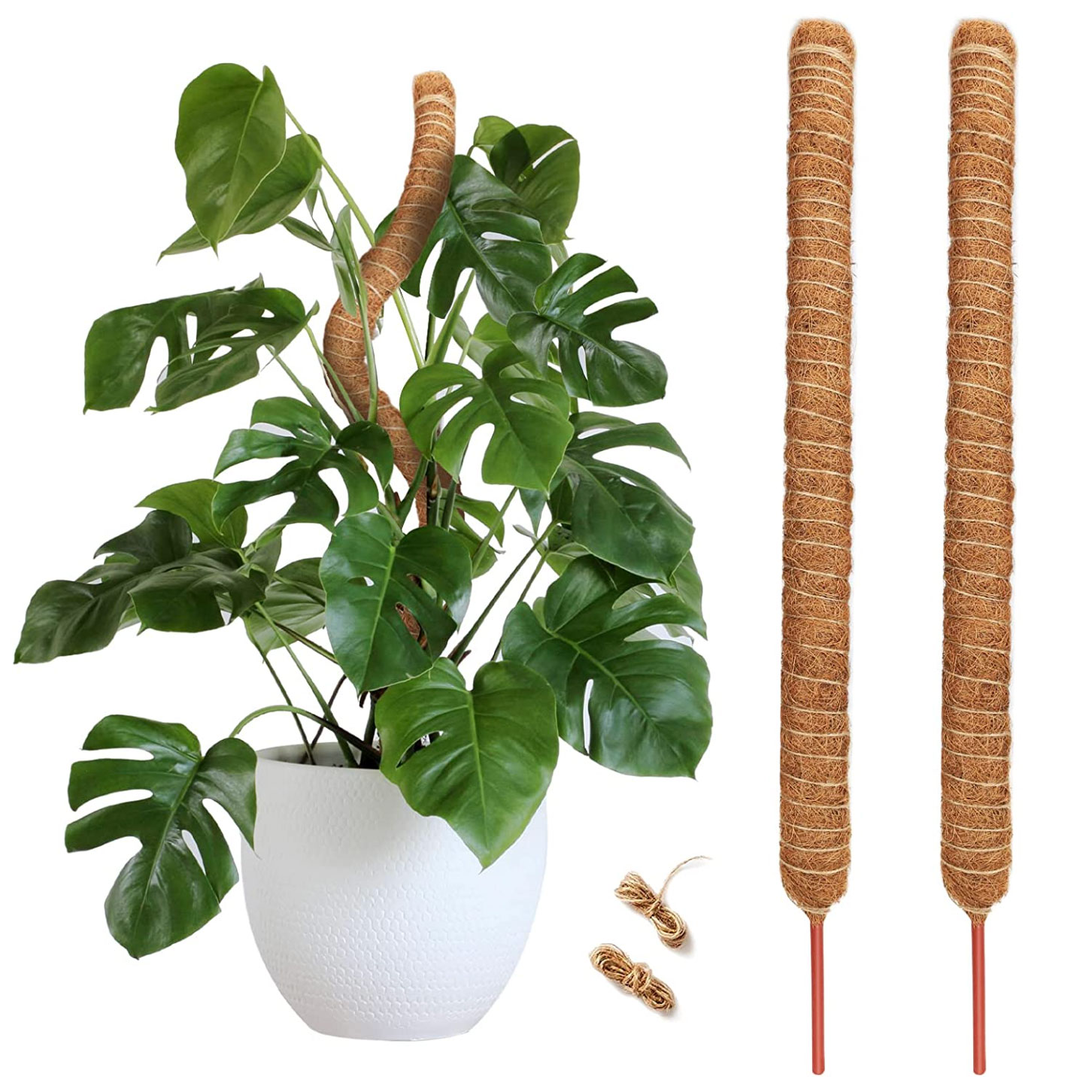
Green-thumb tips for starting an indoor garden
Nguyen recommends those who want to start an indoor garden conduct research, ask questions, and understand what plants could work for their space. The most important factor to take into consideration is understanding light and how much light your environment offers. From there, you can determine which plants will thrive in your indoor garden.
Secondly, Nguyen mentioned that keeping tabs on watering your plants is key because overwatering causes many issues such as root rot, pest reproduction, and more.
Third, make sure pests don’t infect the plant. You are taking nature inside your home when growing plants indoors, which means pests are included. There are many ways to eradicate pests, however, there are friendly pests that assist with attacking the bad ones.
Finally, just enjoy your time starting an indoor garden. Nguyen states that beginners may kill a few plants during their plant journey, which always provides a learning experience. There is a huge plant community out there that is willing to help answer, diagnose, and provide tips on indoor plant growing.
Get small space home decor ideas, celeb inspiration, DIY tips and more, straight to your inbox!

About Me:
Hello! My name is Aida M. Toro and I am a freelance writer that loves cultivating stories about amazing people, fashion, interiors, art, and food. I currently write for Harper’s Bazaar Vietnam, The House Magazine, Hobnob Magazine, The C-Word, and Real Homes. I live in West New York, New Jersey, which is literally a 10-minute ferry ride or 20-minute bus ride away from New York City. Although I was born and raised in West New York, I consider NYC my home, as I believe it to be the place where all dreams come to fruition, and of course, spend most of my time in. When I’m not writing, I love perusing the city streets and taking snaps with my iPhone of street art along with random things, scoping out new restaurants as well as their spaces, shopping at some of my favorite stores, spending time with family and friends, walking my cockapoodle Benji, and working out at Lifetime or DOGPOUND, which are some of the top fitness spaces in Manhattan and overall the U.S.